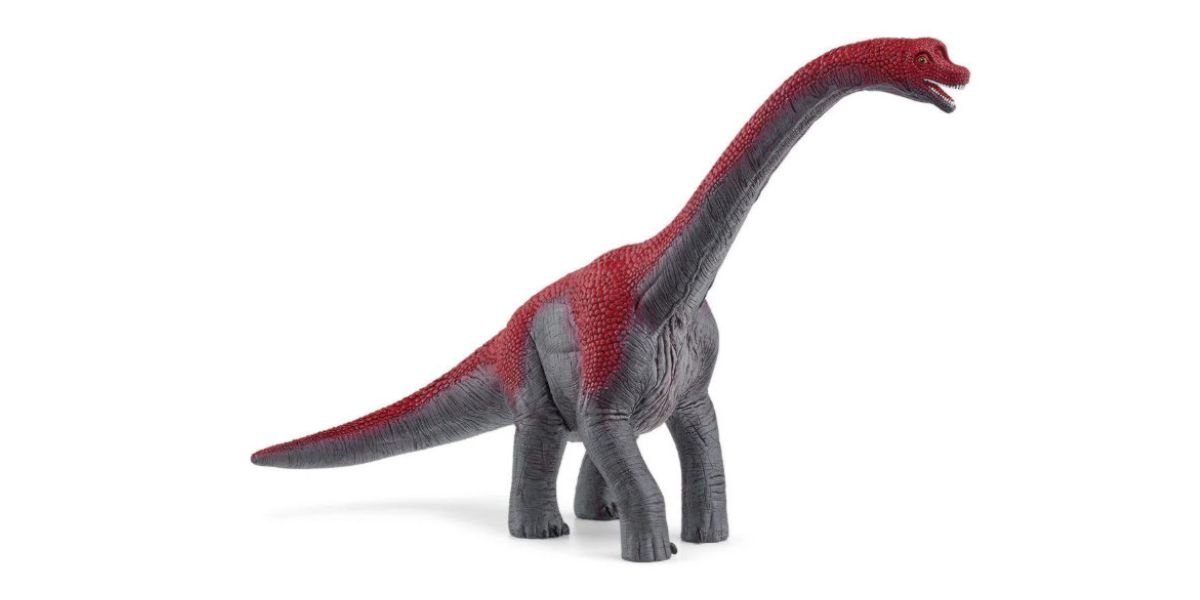The Branchiosaurus is a captivating creature from the distant past that continues to intrigue paleontologists and fossil enthusiasts alike. This ancient amphibian, which roamed the Earth millions of years ago, has a unique place in the study of prehistoric life. Its distinct features and evolutionary significance offer a window into the diversity of life during the early stages of Earth’s history. In this article, we will explore the fascinating world of the Branchiosaurus, from its physical characteristics to its habitat and role in evolutionary theory.
What is Branchiosaurus?
The Branchiosaurus is an extinct genus of amphibian that lived during the late Carboniferous period, roughly 300 million years ago. This small, salamander-like creature is known for its distinct features, particularly its branchial (gill) structures, which are believed to have played a crucial role in its survival. The name “Branchiosaurus” is derived from the Greek words “branchia” (meaning gill) and “saurus” (meaning lizard or reptile), referring to the creature’s aquatic adaptations.
Although it was not the largest or most famous of prehistoric creatures, the Branchiosaurus provides important insight into the early stages of vertebrate evolution, particularly regarding the transition from aquatic to terrestrial life. Its fossils offer evidence of how amphibians adapted to both land and water environments during this time period.
Key Features of Branchiosaurus
1. Gills and Aquatic Adaptations
The Branchiosaurus had well-developed gills that were essential for breathing in water. This is one of its most distinguishing features and highlights its dependence on aquatic habitats. These gills were likely used to extract oxygen from the water while the creature was submerged. Over time, the development of gills in amphibians helped pave the way for the evolution of modern amphibians, which can survive in both water and on land.
2. Small Size and Limbs
Like many other early amphibians, the Branchiosaurus was relatively small, measuring about 10-15 cm in length. Its small size allowed it to thrive in the shallow, waterlogged environments of the time. The creature had well-developed limbs, which enabled it to move through water with ease. It likely spent much of its time in aquatic environments, using its limbs to navigate through vegetation and underwater landscapes.
3. Skull and Teeth
The Branchiosaurus had a relatively simple skull structure, with small teeth that were adapted for catching small prey. This indicates that it was likely an insectivore or carnivorous in its diet, feeding on small aquatic organisms such as insects, crustaceans, and other invertebrates. Its teeth were sharp but not as specialized as those of more predatory reptiles.
4. Tail and Movement
The tail of the Branchiosaurus was long and flexible, helping it propel itself through water. This is a common trait among many amphibians, which use their tails for efficient swimming. The tail also provided stability, allowing the Branchiosaurus to maintain balance while navigating through its aquatic habitats.
Evolutionary Significance of Branchiosaurus
The Branchiosauru’s is an important species in the study of vertebrate evolution. Its characteristics provide clues about the early stages of amphibian development and the eventual transition of vertebrates from water to land. The evolution of gills into lungs and the development of stronger, more robust limbs were essential for the survival of amphibians in terrestrial environments.
The Aquatic to Terrestrial Transition
The late Carboniferous period, during which the Branchiosaurus lived, was a time of significant change in the Earth’s ecosystems. The first vertebrates were beginning to move from the water onto land, and amphibians like the Branchiosaurus were among the earliest animals to make this transition. Its adaptations to aquatic life, such as its gills and aquatic locomotion, helped it survive in its watery habitat. At the same time, its developing limbs may have paved the way for later amphibians and reptiles to thrive on land.
The Role of Branchiosaurus in the Fossil Record
Fossils of the Branchiosaurus have been instrumental in understanding the diversity of life in the late Carboniferous period. The fossilized remains of this species have provided valuable insights into the evolution of amphibians and their eventual adaptation to terrestrial life. By studying these fossils, paleontologists can trace the origins of modern amphibians, reptiles, and even mammals.
Habitat of Branchiosaurus
During the late Carboniferous period, the Earth was covered with lush, dense forests and large bodies of water. The Branchiosaurus inhabited shallow freshwater environments, including swamps, ponds, and slow-moving streams. These aquatic habitats provided ample food sources and shelter, allowing the Branchiosaurus to thrive.
The climate during this period was warm and humid, with abundant rainfall that created the ideal conditions for aquatic life. The shallow, stagnant waters would have been rich in small organisms, providing the Branchiosauru’s with a steady food supply. These environmental conditions also contributed to the development of the amphibian’s aquatic features, such as its gills and streamlined body.
Decline and Extinction of Branchiosaurus
Like many prehistoric creatures, the Branchiosauru’s eventually became extinct. Its decline is thought to be linked to changes in the Earth’s climate and ecosystems. As the climate cooled and forests began to change, the habitats of the Branchiosauru’s became less suitable for survival. The rise of more advanced amphibians and reptiles may have also contributed to its eventual extinction.
Conclusion
The Branchiosaurus is a fascinating and significant species in the study of prehistoric life. Its unique features, including its gills, small size, and aquatic adaptations, make it an important part of the evolutionary story. The study of this ancient amphibian offers valuable insights into the transition from aquatic to terrestrial life and the development of modern amphibians. While the Branchiosaurus is no longer with us, its legacy lives on through the fossil record, providing clues about the early stages of vertebrate evolution.
FAQs
1. What is the Branchiosaurus?
The Branchiosaurus is an extinct amphibian from the late Carboniferous period, known for its gills and aquatic adaptations. It lived around 300 million years ago.
2. How did Branchiosaurus move?
The Branchiosauru’s used its limbs for swimming through water, with a long, flexible tail providing propulsion and stability.
3. What did Branchiosaurus eat?
The Branchiosauru’s was likely an insectivore or carnivore, feeding on small aquatic organisms such as insects, crustaceans, and invertebrates.
4. Where did Branchiosaurus live?
It inhabited shallow freshwater environments like swamps, ponds, and streams during the late Carboniferous period, around 300 million years ago.
5. Why did Branchiosaurus become extinct?
The Branchiosaurus likely became extinct due to climate changes and habitat alterations during the cooling of the Earth’s climate, along with the rise of more advanced amphibians and reptiles.
6. What is the significance of Branchiosaurus in evolution?
The Branchiosaurus is significant because it helps scientists understand the early evolution of amphibians and the transition of vertebrates from water to land.











